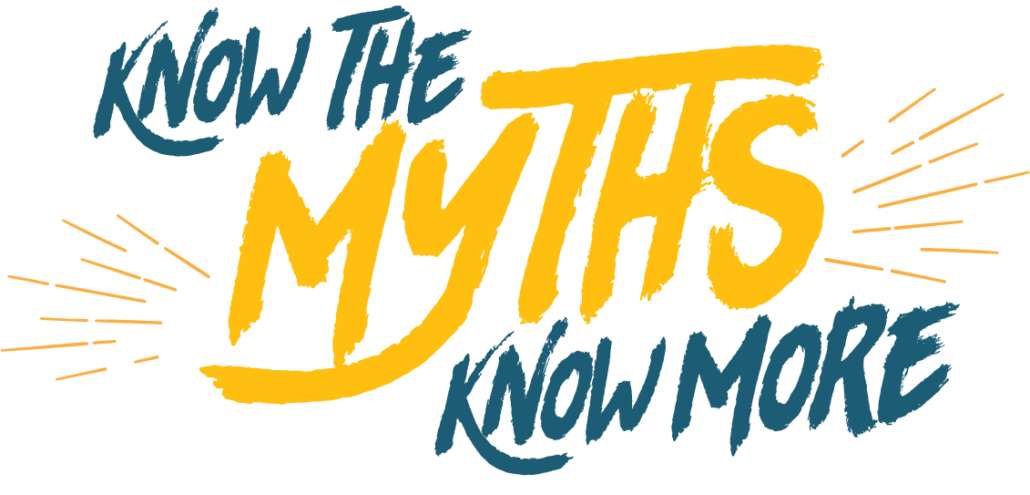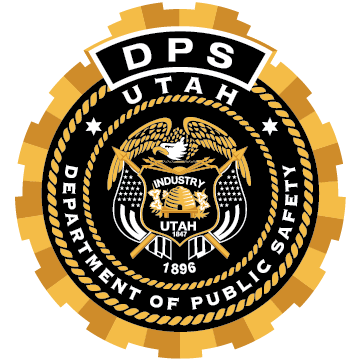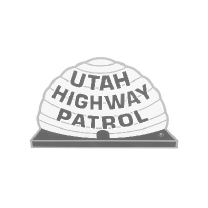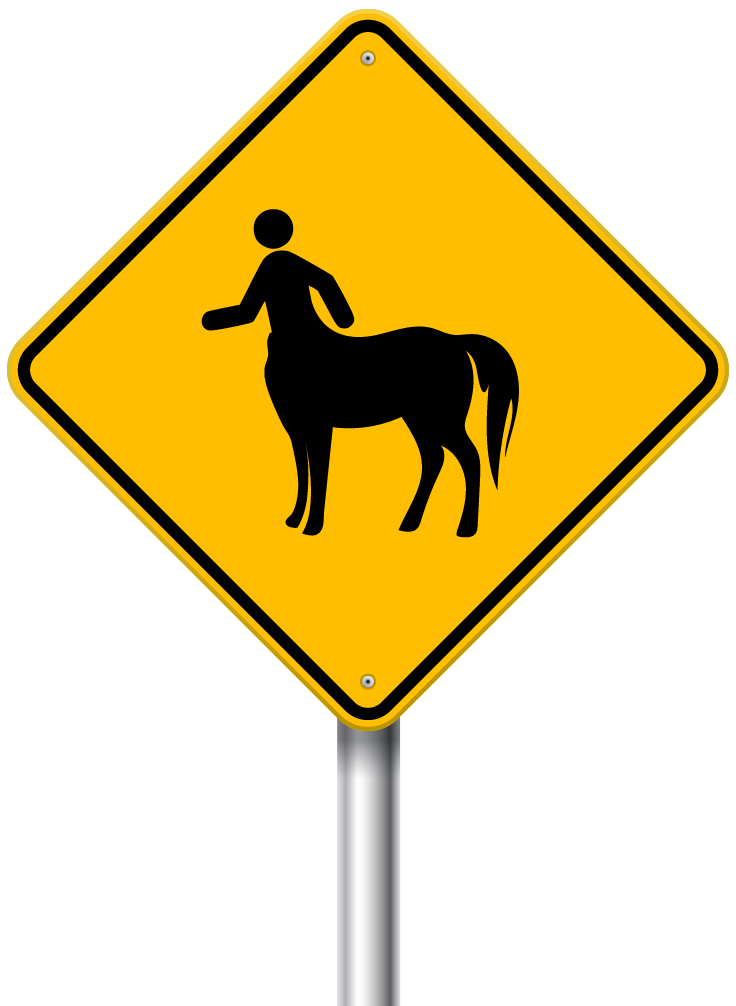
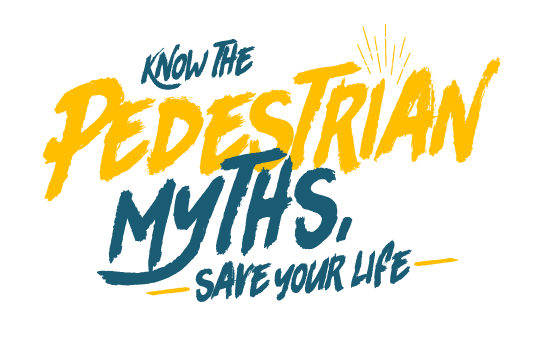

If there is no sidewalk, walk in the street in the direction of traffic

Pedestrians need to walk facing traffic and watch for vehicles and to help drivers to better see you

Walk on the edge of the road as far away from traffic as possible

Don’t assume drivers see you especially in the early morning and evening when its darker outside

Light color clothing helps drivers see you at night

White or bright colors do not make you more visible in low light

Only reflective materials increase the chance of drivers being able to see you after dark

Even when wearing reflective gear, always assume drivers will not see you

If a car sees me, it can stop on time

In low light conditions, pedestrians overestimate how soon drivers can see them

A driver needs time to think/react and a car needs distance for its brakes to bring it to a stop

In most crashes, drivers had seen the pedestrians but could not stop in time

Pedestrians always have the right-of-way
When crossing outside of a marked or unmarked crosswalk, pedestrians do not have the right of way and must yield to all vehicles
Always use a marked crosswalk when available

Pedestrians create a hazard by abruptly entering the path of a moving vehicle (also known as darting)

Pedestrians can ignore traffic in crosswalks

Pedestrians are required to obey the pedestrian signals, not the traffic lights; a solid red hand means you cannot cross

Using the crosswalk button gives you more time to cross

Don’t assume others have already pushed the crossing button.

If I step into a crosswalk, I don’t need to pay attention to traffic

Pedestrians and drivers are both now more distracted than ever
Don’t let the right of way end up the wrong way, make sure drivers stop before you enter the crosswalk

On multi-lane streets, ensure each lane of traffic stops before you proceed
